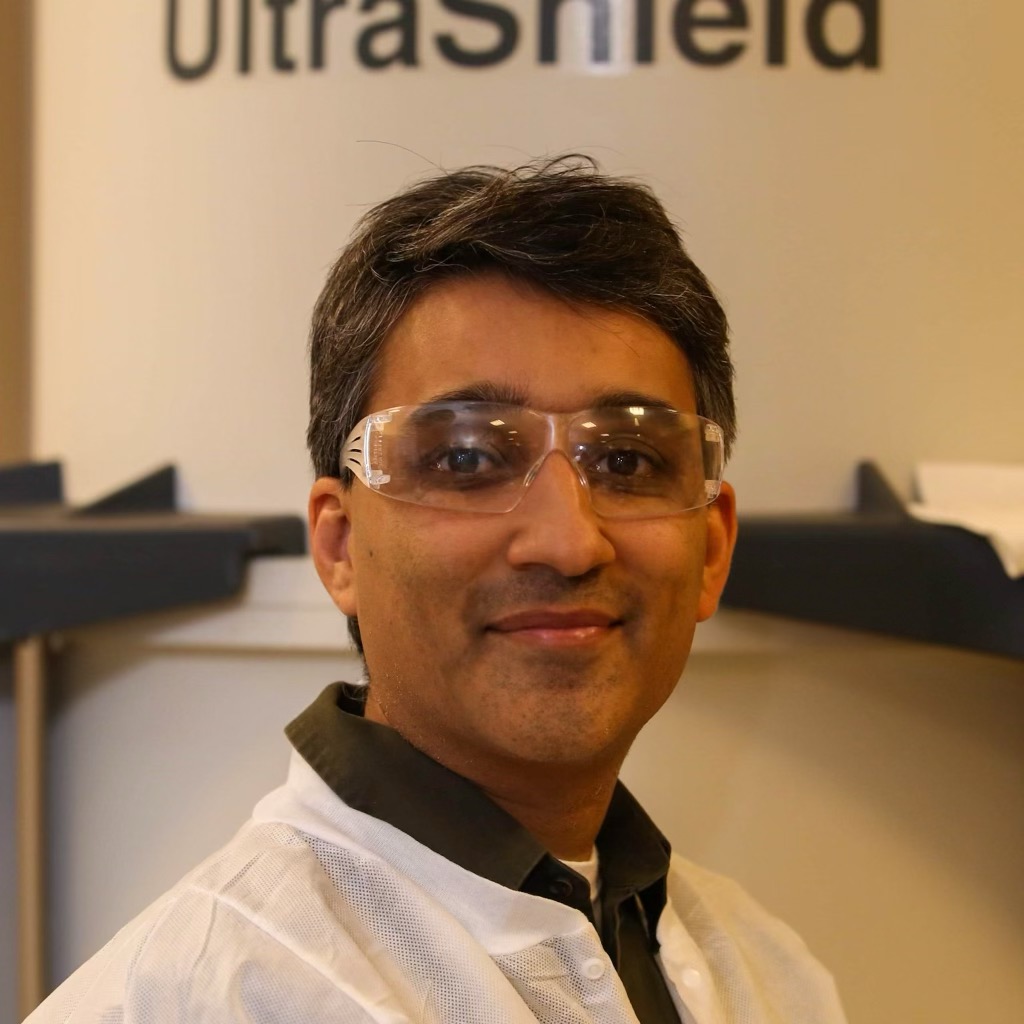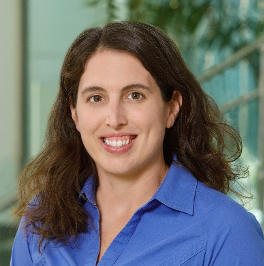
Stacey Althaus
Aramco
2D T1-T2 NMR to Determine Oil and Water Saturations in Shale
Stacey Althaus is a Senior Lab scientist at Aramco Americas on the Reservoir Engineering Team. Her focus is the use of NMR measurements in the study of unconventional reservoirs. With the RET team she has worked on the development of a high spatial resolution NMR system, NMR permeability transforms, advances in cutting logs and NMR imbibition measurements for fluid flow properties in unconventional reservoirs. Stacey holds a B.S. in Chemistry from Winona State University and a Ph.D. in Physical Chemistry with a specialization in instrumentation from Iowa State University where she studied the application of Solid-State NMR in mesoporous catalysts.
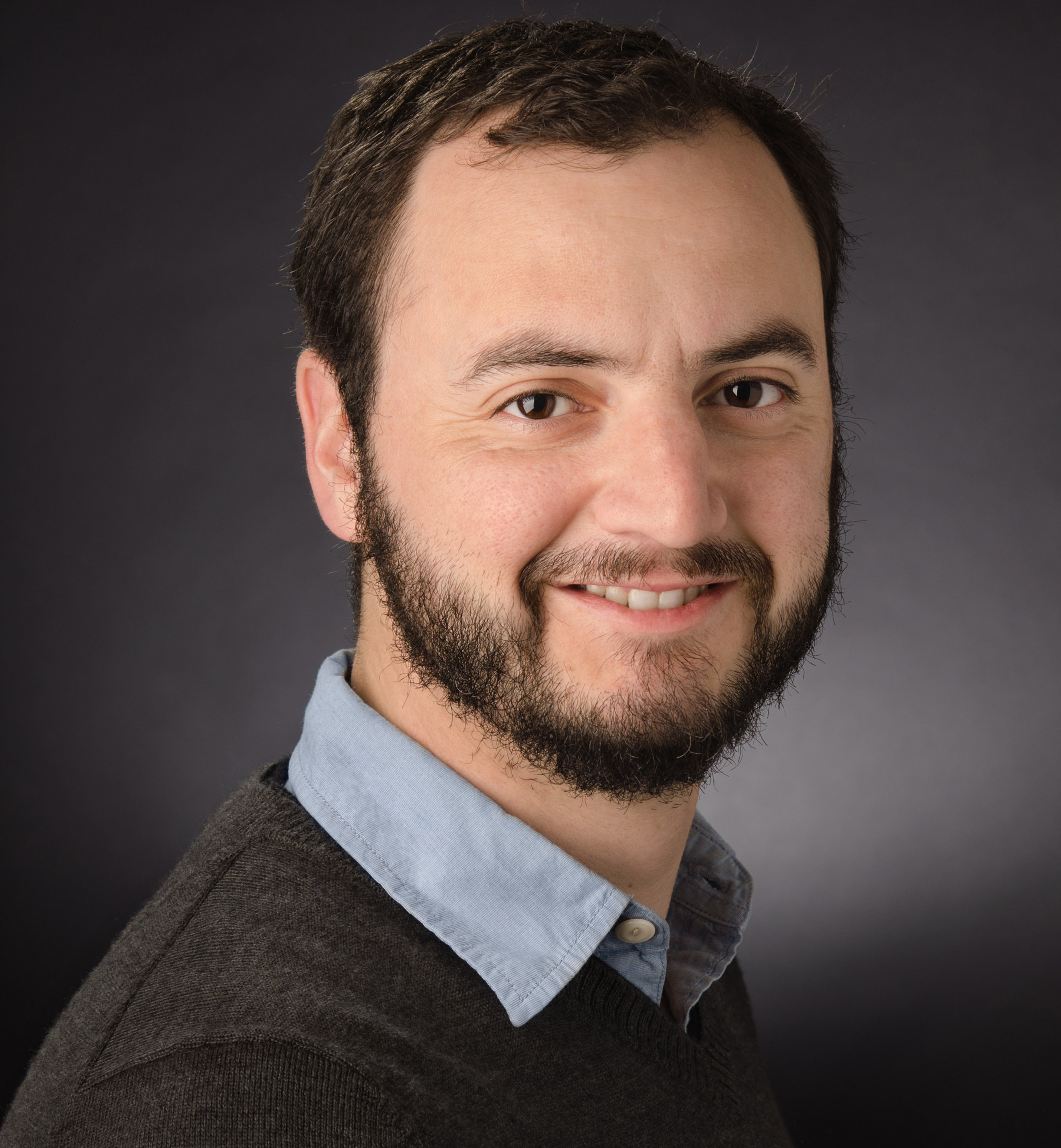
Luke Arbogast
Eli Lilly & Company
Solid-State NMR Characterization of Lyophilized Formulations of Monoclonal Antibodies
Luke Arbogast is an experimental NMR spectroscopist, specializing in applications to proteins and other biological systems. He received his B.S. in chemistry from Virginia Commonwealth University, his Ph.D. in chemistry from Johns Hopkins University and was a National Research Council Postdoctoral Fellow at the Institute for Bioscience and Biotechnology Research. Afterwards, he served as a Research Chemist at the National Institute of Standards and Technology, where his research focused on the development and application of NMR spectroscopy for the higher order structure characterization of biotherapeutics. Recently, Luke joined Eli Lilly and Company where he leads bioproduct NMR-characterization efforts.

Alan Benesi
UC Irvine
Alan Benesi grew up in Berkeley. He obtained a B.A. in Chemistry at UC Santa Cruz (1971) and a Ph.D. in Biophysics at UC Berkeley (1975). He postdocked at UC Santa Barbara, taught chemistry at Eastern Oregon State College and at UC Irvine. In 1985 he became the NMR manager at the University of South Carolina, and in 1987 became Director of the NMR Facility at Penn State until he retired in 2012. He has written three books: A Primer of NMR Theory with Calculations in Mathematica, Theory of Consciousness, and The Gods Are Within Us.
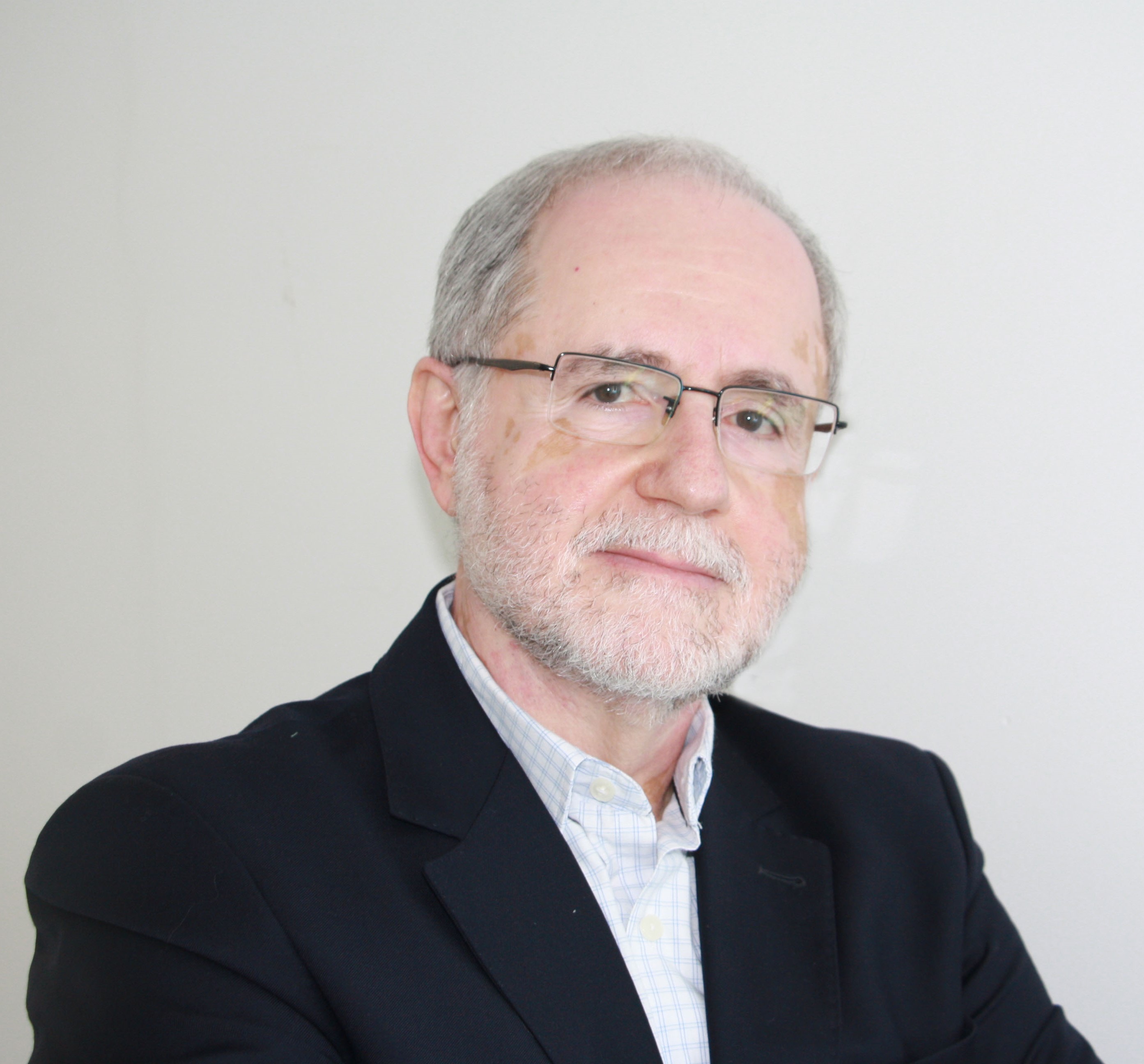
Tito Bonagamba
University of Sao Paulo – Brazil
Tito J. Bonagamba obtained his PhD in Physics from the Sao Carlos Institute of Physics – University of Sao Paulo. He was a postdoctoral researcher at the University of Massachusetts and a researcher at Ames National Laboratory. He has also been a visiting professor at Paris-Sud University, Martin-Luther University Halle-Wittenberg, and University of Sassari. He is a full professor and the coordinator of the University of Sao Paulo Innovation Center.
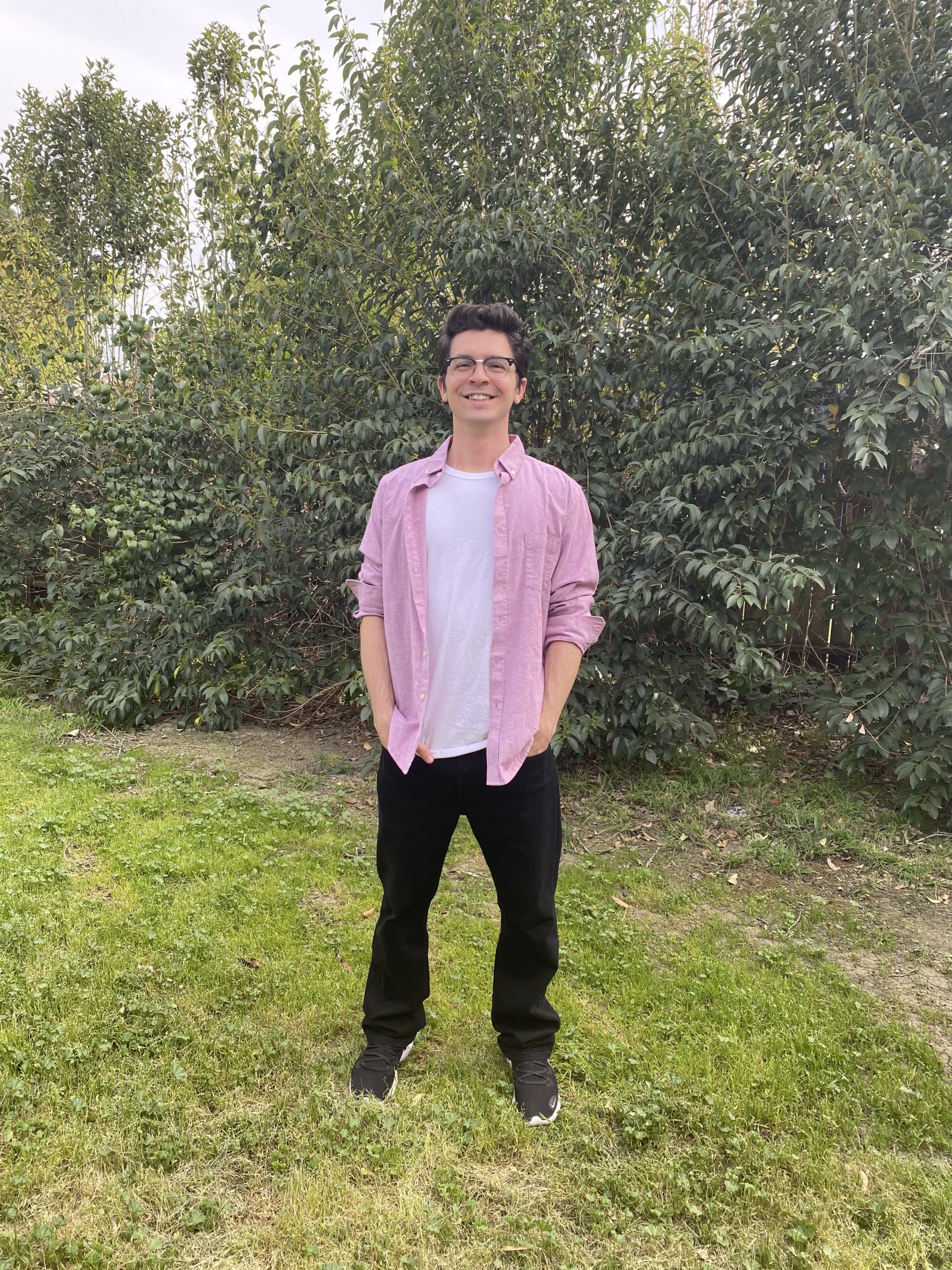
Brandon Cutler
UC Davis
Towards Using Portable NMR to Real-Time Track Biomass Cavitation Extraction
Brandon is a PhD candidate in Matt Augustine’s lab at the University of California-Davis. There he develops new techniques and instrumentation in low field NMR for monitoring industrial processes in collaboration with NorseBiotech. His research aims to bring portable, low field instrumentation to native factory infrastructure for use in process monitoring and control. He’s presented his research findings at multiple conferences, including the University of Washington’s Center for Process Analysis and Control meeting in Rome. After completing his PhD, he hopes to use his knowledge and experience to work in sales for companies which design analytical instruments.
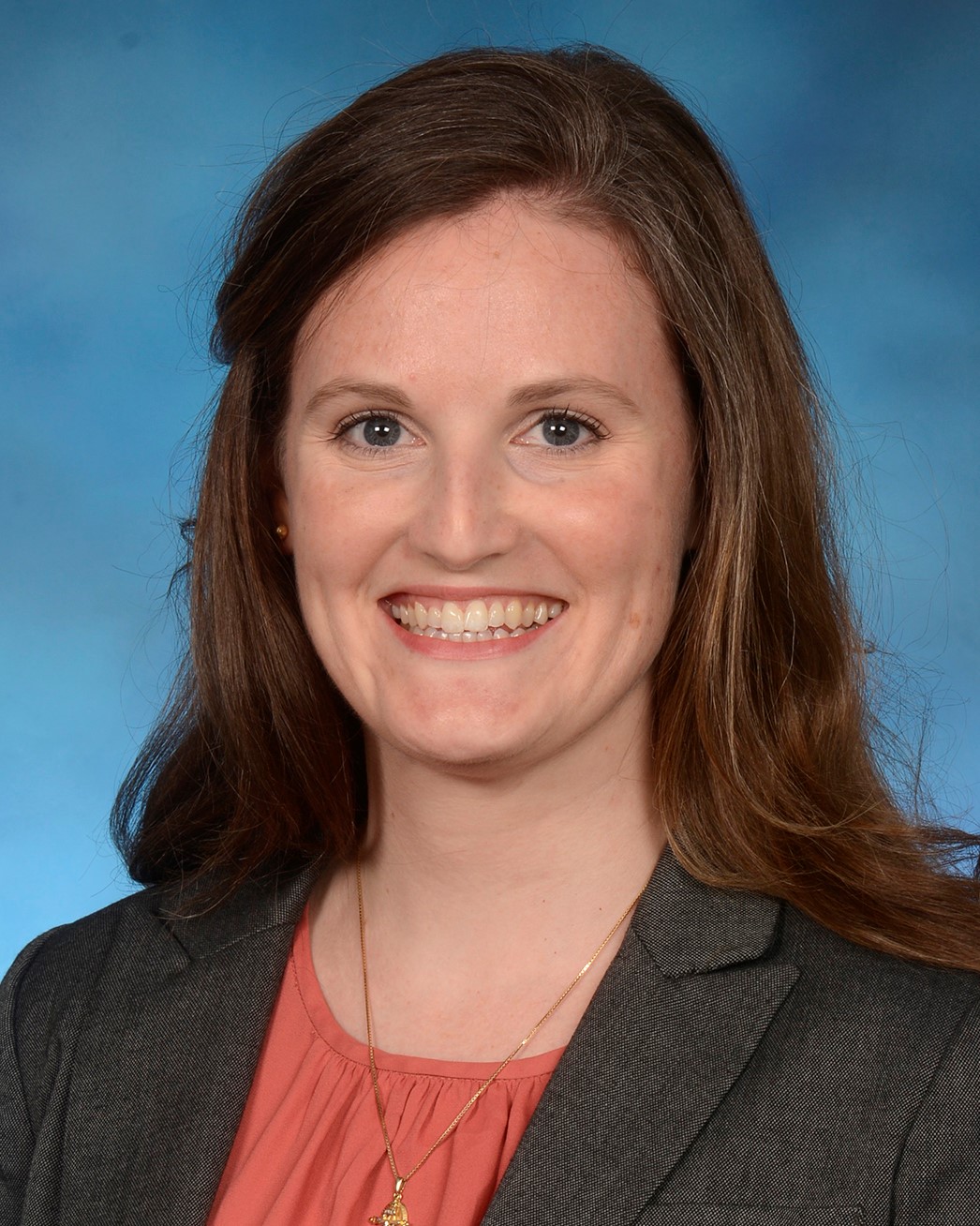
Katharine Briggs
University of Maryland School of Pharmacy
Multiplatform Inter-Lab Study of wNMR for Characterization of Injectable Pharmaceutical Products
Katharine is a Research Associate in the Department of Pharmaceutical Sciences at the University of Maryland, School of Pharmacy, in the lab of Prof. Bruce Yu, where she is exploring time-domain NMR capabilities for application in the pharmaceutical industry. Her research evaluates benchtop NMR sensitivity of various drug product changes, such as insulin pen dosing and vaccine freezing. She received her Ph.D. in Biological Sciences from the University of Maryland, College Park, under the guidance of Dr. John Marino, National Institute of Standards and Technology, with dissertation research on lithium binding to small molecules.
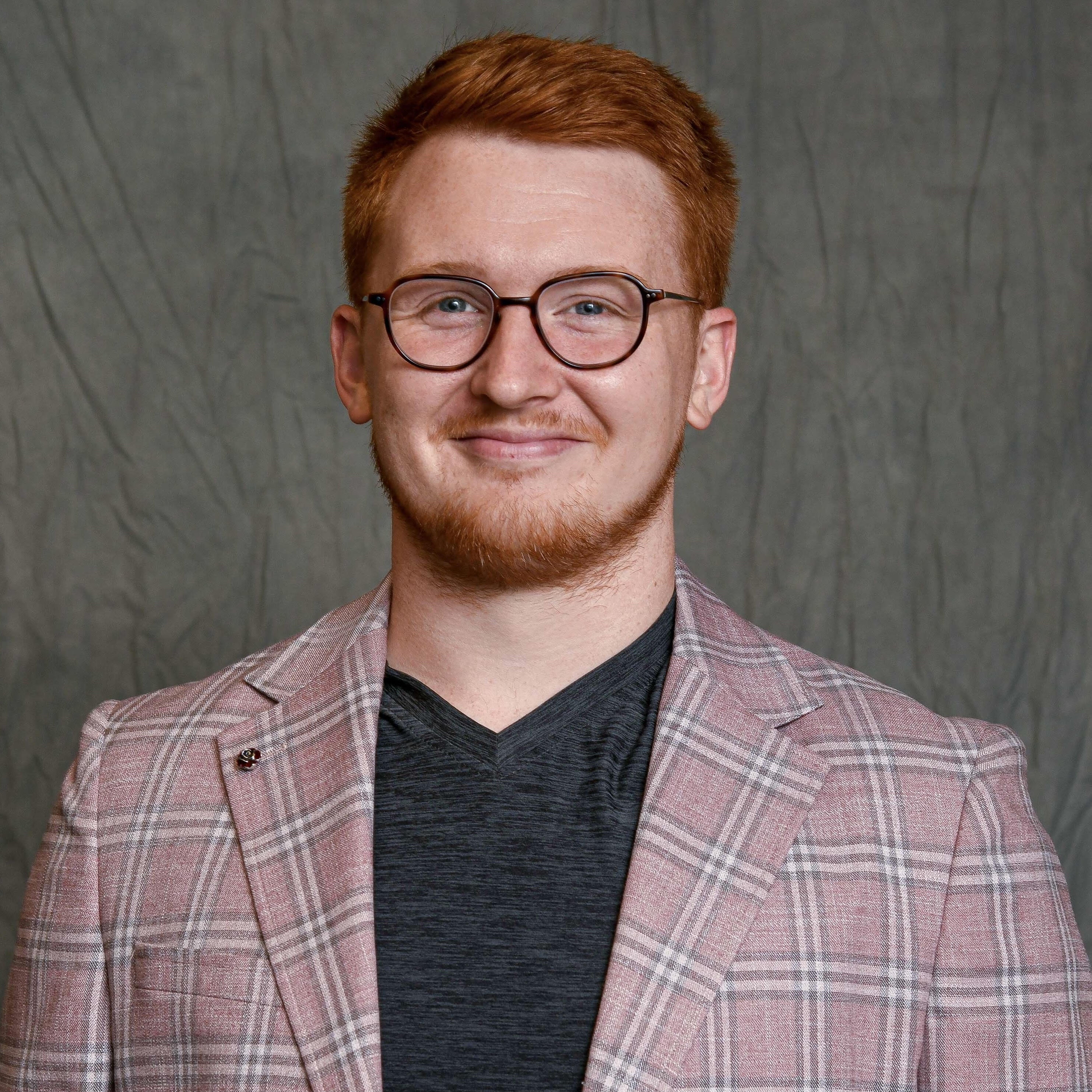
Austin Browning
North Carolina State University
First Demonstration of 1-13C Pyruvate Hyperpolarization via SABRE in-vivo
Austin Browning is a graduate research assistant at North Carolina State University under the tutelage of Thomas Theis in the field of SABRE Hyperpolarization. Austin Browning was born in Asheville, North Carolina and received his undergraduate degree at Appalachian State University where he researched microwave assisted organic reactions and received his bachelor’s in chemistry with a minor in biology. He plans to earn his PhD of Physical Chemistry in December 2023 and is planning to pursue a career in industry or a startup company.

Rafael Bruschweiler
Ohio State University
Rafael Brüschweiler is a full professor at Departments of Chemistry & Biochemistry and Biological Chemistry & Pharmacology at the Ohio State University, an Ohio Research Scholar, and Executive Director of CCIC NMR. He received his B.S. degree in Physics and his Ph.D. in Physical Chemistry at ETH, Zurich, Switzerland. He was a postdoctoral fellow at the Scripps Research Institute, La Jolla, CA, which was followed by a Habilitation at ETH, Zurich. Previously, he was the Carlson Chair of Chemistry at Clark University, Worcester, MA, the George Matthew Edgar Professor of Chemistry and Biochemistry at Florida State University and the Director for Biophysics at the National High Magnetic Field Laboratory in Tallahassee, FL. His research group studies protein dynamics, and metabolomics using NMR spectroscopy, high-performance computation, and machine-learning by developing and applying new experimental and computational methods.
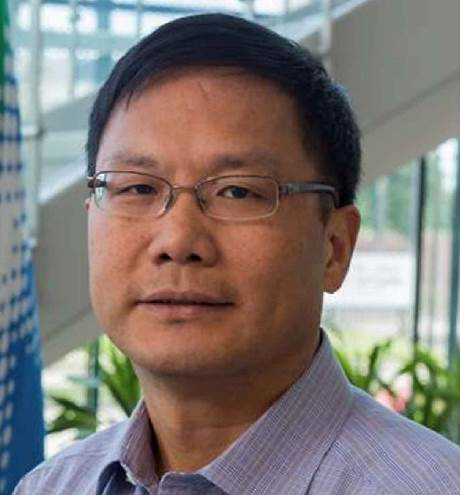
Jin-Hong Chen
Aramco Americas
Intermolecular Dipolar Cross-Relaxation of Nano-Confined Fluids
Dr. Chen was born and educated in China. After a Postdoc in Lausanne, Switzerland, he had a three-year joint appointment at Harvard University and MIT. He then worked 8 years at Memorial Sloan-Kettering in New York. In 2010, he changed fields and became an NMR formation evaluation specialist and led the NMR R&D effort at Baker Hughes in Houston. In 2013, he joined Aramco America and built a new NMR research laboratory, and started an extensive NMR research program including low-field and high-field NMR. JinHong holds 30+ patents and published 100+ papers. He serves current president-elect of Society of Core Analysis.
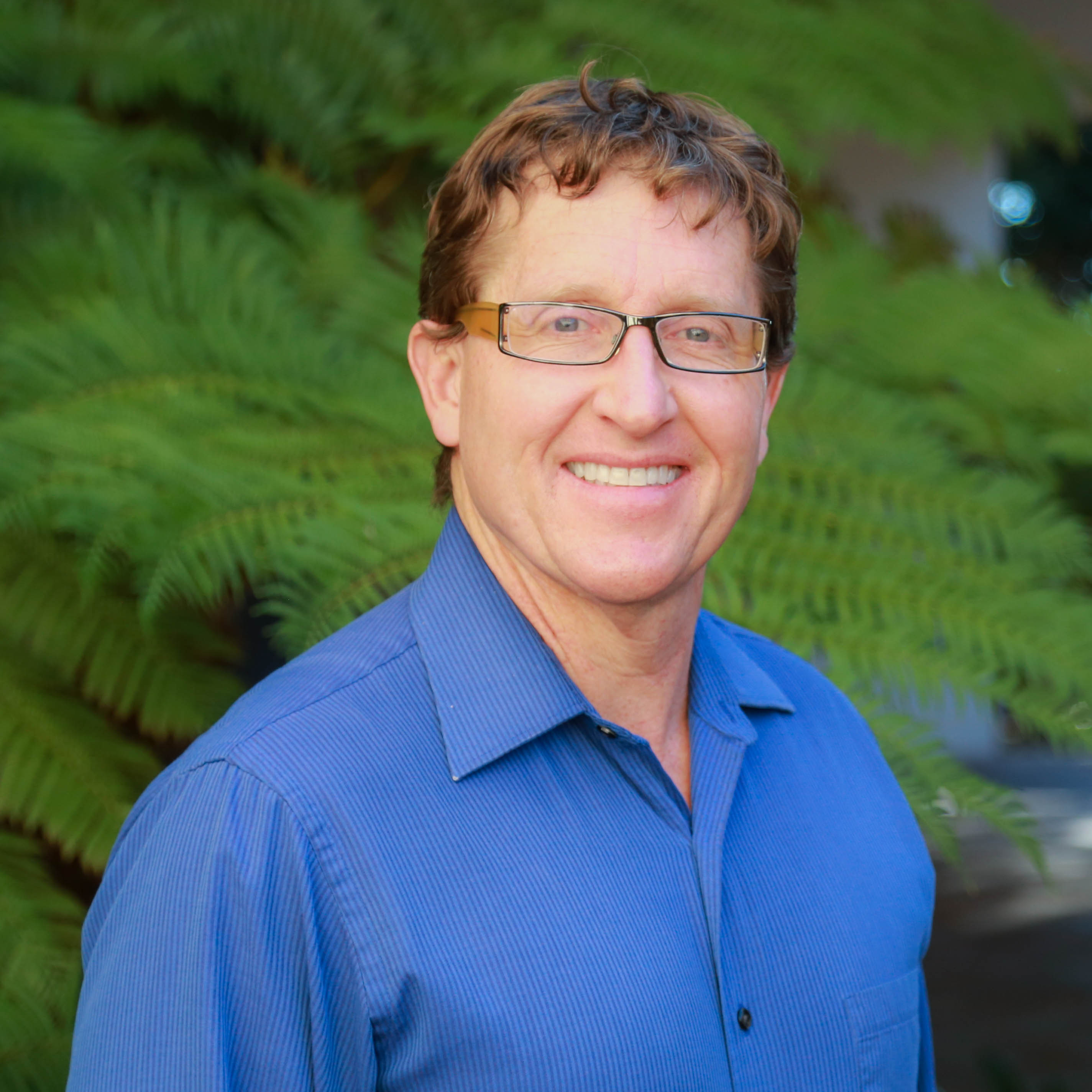
Brad Chmelka
UCSB Chemical Engineering
Analyzing Zeolite Catalyst Properties at an Atomic Level by Solid-State NMR
Prof. Brad Chmelka received his PhD in chemical engineering from the University of California, Berkeley. He conducted post-doctoral research in line-narrowing methods for quadrupolar nuclei at UC-Berkeley with Prof. Alex Pines and in polymer dynamics at the Max-Planck-Institute for Polymer Research in Mainz, Germany with Prof. Hans Spiess. Prof. Chmelka has been on the faculty at UCSB since 1992, has authored 200 publications, has 10 issued patents, and served on several industrial advisory boards. He is a member of the Royal Swedish Academy of Sciences and the Royal Swedish Academy of Engineering. His research has been recognized by the Braskem Award in Materials Science from the American Institute of Chemical Engineers, a David and Lucile Packard Foundation Award, a Camille and Henry Dreyfus Teacher-Scholar Award, an Alfred P. Sloan Foundation Research Award.
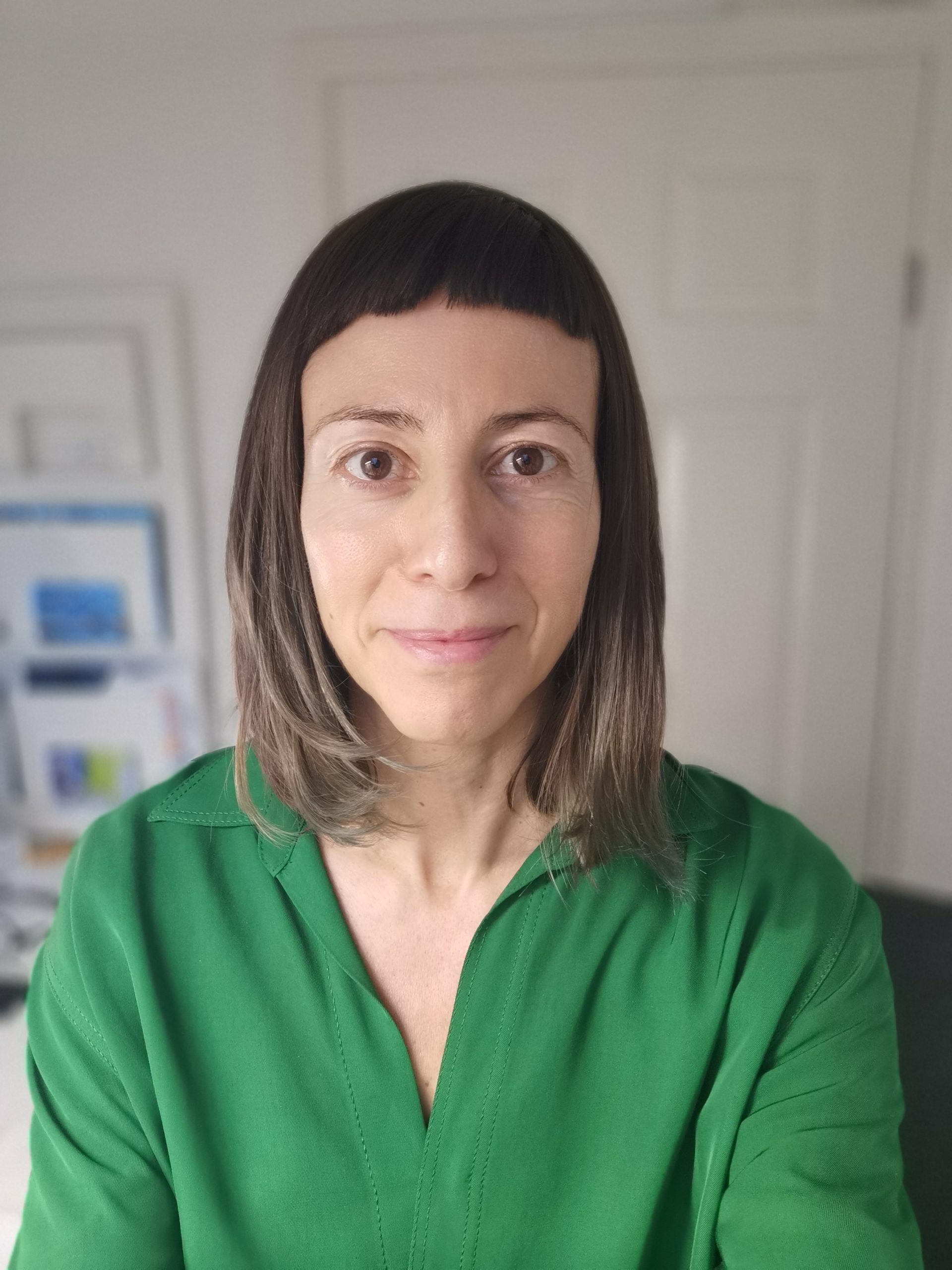
Anna Codina
Bruker Corporation
Anna Codina has a degree in Chemistry and a PhD in Protein NMR from the University of Barcelona, Spain. She undertook her post-doc in protein NMR at the MRC Laboratory of Molecular Biology in Cambridge, UK, and following that worked in the Analytical R&D department of Pfizer for eight years, becoming proficient in low level impurity structure elucidation, reaction monitoring, qNMR and the preparation of regulatory documentation. She received a Pfizer Worldwide Achievement Award for the implementation of reaction monitoring by NMR in an open access environment.
She joined Bruker in 2011 as Material Characterisation Laboratory Manager and she is now the Director of the Pharmaceutical Business Unit at Bruker BioSpin.

Sylvain Demanze
AstraZeneca
Sylvain joined AstraZeneca in Cambridge, United Kingdom in 2020 as a Senior Research Scientist. He has over 15 years of industry experience as an analytical chemist in Drug Discovery, with a career spanning across Europe and previous positions held with the likes of Janssen and Lilly. He is versed in a wide range of techniques, but his main interest and expertise are in NMR. Throughout his journey so far, Sylvain has developed and applied tailored analytical methodologies and automation solutions to help progress projects in Neuroscience, Infectious Diseases and Oncology. He enjoys most working at the interface between Analytical Sciences, Organic & Medicinal Chemistry, Computational Chemistry & Biology.
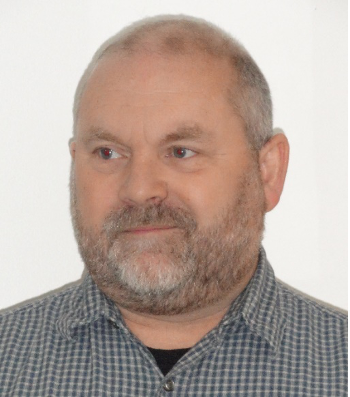
John Edwards
Process NMR Assoc
Application of NMR Spectroscopy in the Cannabis Industry – Small Steps for a Small Lab
Dr. John Edwards received his B.Sc. in Chemistry from Durham University, UK in 1986 and his Ph.D. in Physical Chemistry from the University of South Carolina USA in 1990 studying solid-state 95Mo NMR under Prof. Paul Ellis. From 1990-1997 he worked for Texaco Research where he directed the NMR laboratory operations for the corporation. In 1997 he formed Process NMR Associates (PNA) which initially concentrated on development of applications for 60 MHz on-line NMR systems 40 of which were installed in refineries and chemical plants around the globe. Over the past 25 years PNA has developed into an analytical service laboratory the main focus of which is high resolution liquids NMR and solids-state NMR.

Keith Fritzsching
Sandia
Keith Fritzsching is an R&D, S&E Chemist at Sandia National Laboratories. He leads a group using magnetic resonance to study an array of chemistries and materials in the gas, liquid, and solid state. The groups current focus is on a collaboration to study lithium-ion battery calendar aging. We are developing in situ NMR methods to interrogate materials in batteries with realistic reform factors such as in coin and pouch cells. Keith earned his B.S. from Arizona State University (2011), his Ph.D. in Chemistry from Brandeis University (2016) with Prof. Schmidt-Rohr and did his Postdoc at Columbia University with Prof. McDermott.

Dominique Frueh
Johns Hopkins School of Medicine
Covariance NMR to Rescue Challenging Biomolecular Projects – Finding Needles in Haystacks
Dominique Frueh graduated from the Université de Lausanne in 1997 and obtained his PhD with Geoffrey Bodenhausen at the EPFL in 2002. He went to Harvard Medical School as a postdoctoral fellow with Gerhard Wagner and Christopher T Walsh and stayed as a Research Associate (2007-2010). In 2010, he joined the department of Biophysics and Biophysical Chemistry at the Johns Hopkins School of Medicine and was promoted to associate professor in 2016. His laboratory studies the molecular mechanisms of nonribosomal peptide synthetases and develops NMR methods for large and dynamic proteins.
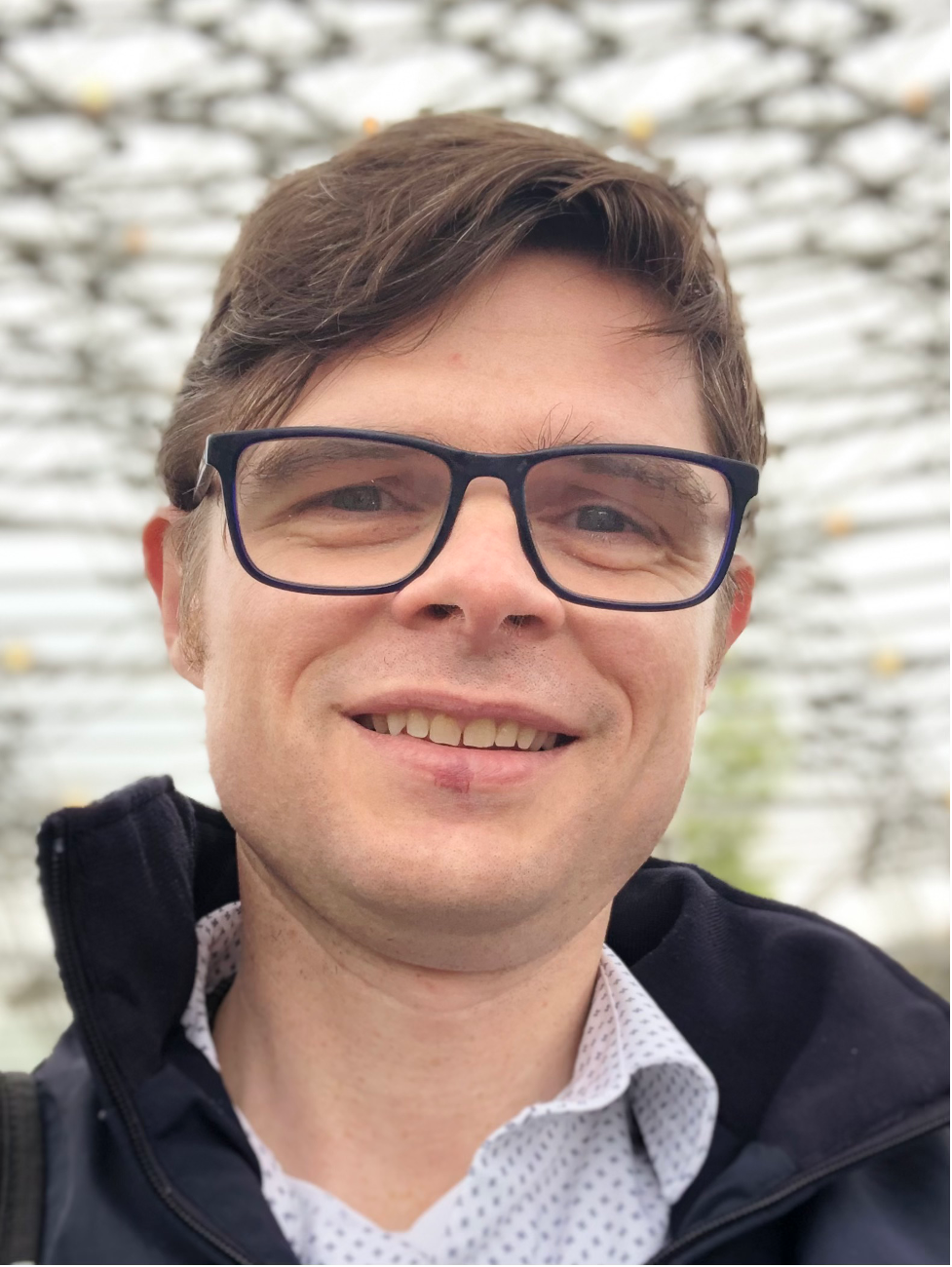
D. Flemming Hansen
University College London
Using Deep Learning to Unleash the Full Potential of NMR Spectroscopy
Prof. Flemming Hansen completed his PhD in biophysical chemistry at the University of Copenhagen in 2005, whereafter he joined Prof. L.E. Kay at the University of Toronto for postdoctoral training. Prof. Hansen started his independent research career as a BBSRC David Phillips Fellow in 2010 at University College London, where he in 2017 was promoted to full professor and Chair of NMR spectroscopy. Prof. Hansen has been actively involved with the development of solution NMR spectroscopy for more than two decades and he was one of the first to show that deep neural networks can accurately reconstruct sparsely sampled NMR data.

Kris Harris
Louisiana Tech University
Kris Harris grew up in a northern Alberta town so small that his school bus driver was also the mayor. He attended undergrad. and grad. school at the University of Alberta, with his Ph.D. studies under the supervision of Rod Wasylishen. After a post-doc at the University of Windsor under Rob Schurko, he joined Gillian Goward’s group at McMaster as a Research Associate. He then took up an Assistant Professorship at Louisiana Tech University where he develops NMR methods for materials chemistry.

Marc ter Horst
AMMRL
Marc ter Horst has been directing the Department of Chemistry’s NMR Core Laboratory for 22 years, working with students, post-docs, faculty, and chemists from industry in solution and solid-state NMR. Marc supports over 150 synthetic chemists including advanced training in obtaining and processing NMR data as well as mentoring students and post-docs for careers in NMR and has written and co-written successful grant proposals to fund new spectrometers, cryoprobes, automation and helium recovery. He contributes to the chemistry community through the AMMRL, the American Chemical Society and DEI committees at the department and college levels.
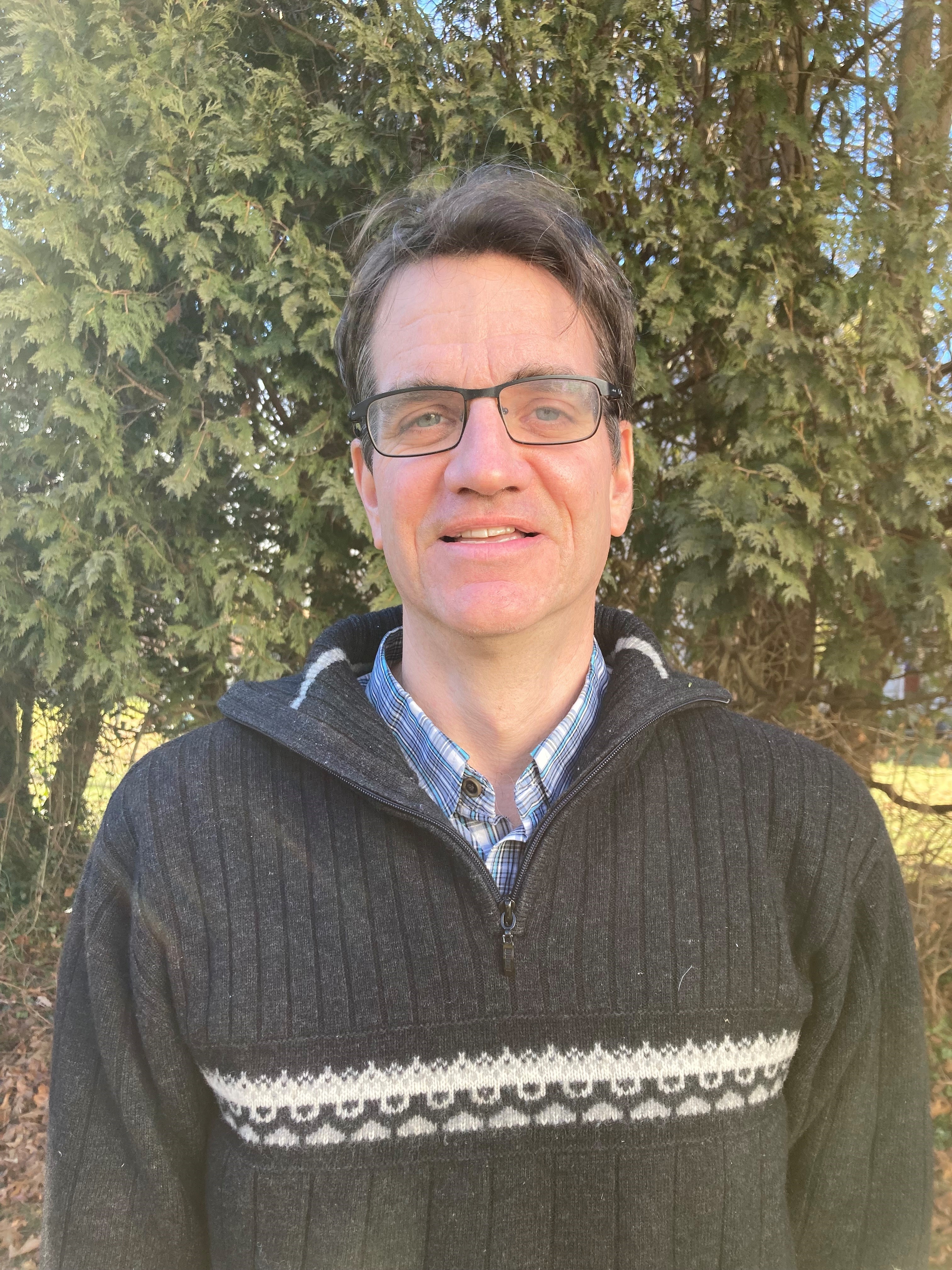
Reto Horst
Pfizer, Inc
Characterization of Protein Degrader Ternary Complexes Using Protein-detected NMR Spectroscopy
Dr. Reto Horst is a Principal Scientist in the Structural and Molecular Sciences group at Pfizer. In this position, he is developing and applying cutting edge NMR methods to characterize target–ligand interactions and is leading fragment-based drug discovery efforts in various disease areas. Reto obtained a PhD in Physics under the supervision of Nobel Laureate Dr. Kurt Wuthrich at the ETH in Zurich, Switzerland. Before joining Pfizer, he was Staff Scientist at Scripps Research in La Jolla, CA, where his work was focused on developing novel NMR methods for studying GPCR signaling pathways and chaperonin-assisted protein folding.
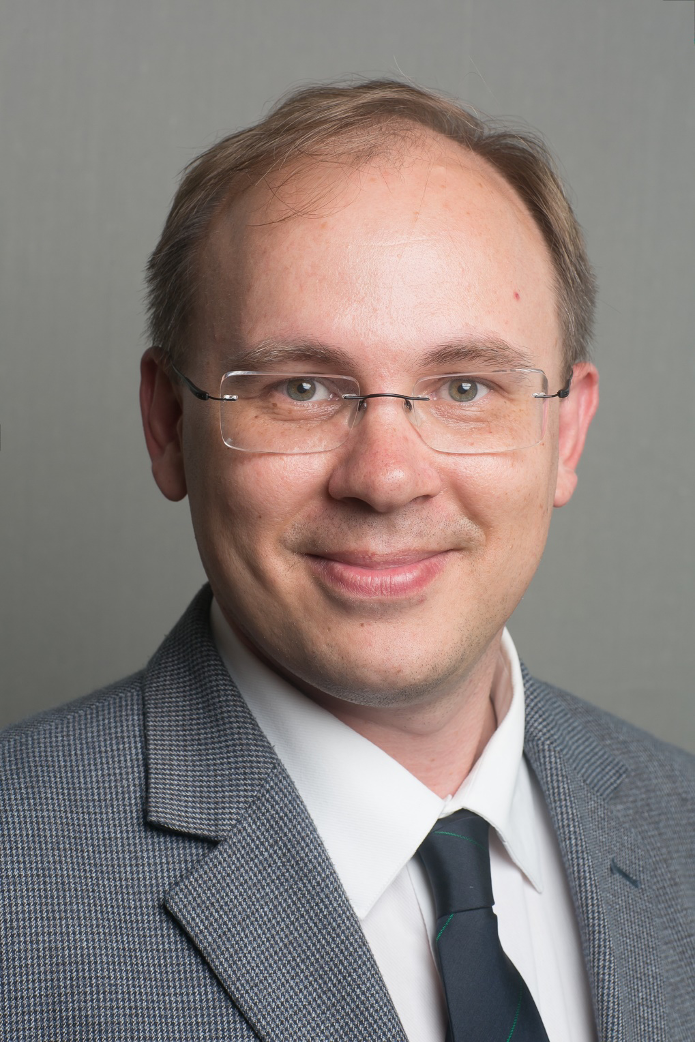
Ivan V. Korendovych
Syracuse University
Prof. Korendovych received both B.S. (1999) and M.S. (2000) degrees with distinction from National Taras Shevchenko University of Kiev, Ukraine and his PhD from Tufts (2006) for his studies of mechanistic aspects of dioxygen activation by metalloenzymes in Prof. Rybak-Akimova’s lab. After a postdoctoral stay in the DeGrado lab at Penn working on de novo design of peptides and proteins, he joined Syracuse University (2011) where he is now a Professor of Chemistry. Prof. Korendovych received many awards, including American Chemical Society Young Investigator Award, Humboldt Research Fellowship, ORAU Ralph E. Powe Award.

Eriks Kupce
Bruker Corporation
Design of NMR Supersequences for Small Molecule Application
Eriks Kupce obtained his PhD and Dr Hab in Chemistry from the Institute of Organic Synthesis, Riga. Latvia; From 1989 – 1991 he won a Humboldt Fellowship for his first post-doc with Prof. Bern Wrackmeyer at the Bayreuth University. From 1991 until 1993 he was a visiting scientist at the Cambridge University with Prof. Ray Freeman and from 1993-1995 with Prof. Iain Campbell at Oxford University. He joined Varian associates in 1995. He won Laukien Prize in 2006 and subsequently became Varian Fellow. He was elected Fellow of the International Society of Magnetic Resonance in 2010 and became Agilent Fellow in 2011. Since 2013 Eriks is a Principal Scientist at Bruker BioSpin.

Jinfeng Lai
Phillips 66
Jinfeng Lai is a Chief Scientist in the Energy Research & Innovation of Phillips 66 Company. In his current role, Jinfeng provides technical expertise in the area of NMR to Phillips 66’s research and development programs as well as Phillips 66 worldwide operations. Jinfeng received a Ph.D. degree in Chemistry from the University of California, Riverside in 2009. From 2011 to 2012 he was a Postdoctoral Research Associate at Pacific Northwest National Laboratory. In 2013, he joined Phillips 66 Company. He has published over 30 journal and proceeding papers. He is a reviewer for over 20 journals, including the Journal of the American Chemical Society.

Mai Le
National Research Council Canada
Site-Specific Carbon Isotope Measurements of Vanillin Reference Materials by Nuclear Magnetic Resonance Spectroscopy
Phuong Mai Le is a Research Council Officer at the National Research Council Canada (NRC). After obtaining a PhD in France, she conducted post-doctoral research in Canada in the area of natural products and organic analytical chemistry, then joined the NRC. Her research focuses on (i) the investigation and application of the advanced NMR and MS approaches for analysis of the intramolecular isotope profile of molecules at natural abundance and the development of certified reference materials; (ii) identification and quantification of compounds in complex mixtures, especially in food and medicinal plants using a combination of 1D; 2D-qNMR and LC-MS or LC-UV.

Christopher LeClair
National Center for Advancing Translational Sciences
Determining the E/Z-Conformation of Photoisomerizable 5-Methylene Substituted Hydantoins by EXSIDE NMR Analysis
Dr. LeClair obtained his PhD in 2006 at the University of Virginia conducting research in carbohydrate synthesis and methodology followed by an NIH Postdoctoral IRTA Fellowship focused on medicinal chemistry and natural product total synthesis. In 2009, he joined the Analytical Chemistry group at the NIH Chemical Genomics Center (NCGC) managing the NMR spectroscopy lab and developing automated workflows and platforms. Since 2016, Dr. LeClair has been leading the DPI Analytical Chemistry Core (ACC) supporting translational research throughout NCATS by providing services involving the isolation, purification, identification, and analysis of therapeutic modalities for targeted disease states.

Mark McCoy
Merck & Co
NMR Characterization of Biologics
Mark McCoy is currently a Principal Scientist in the Quantitative Biosciences group at Merck & Co., Inc. Mark obtained his Ph.D. from Princeton University, followed by postdocs at ETH-Zürich and Bristol-Myers Squibb. Mark joined Schering-Plough (now Merck & Co., Inc.) in 1998 and has contributed to screening, hit validation and structure-based drug design for a number of early discovery projects, with a focus on oncology & immunology targets. His recent interests are in molecular mechanism of action studies and biologics characterization, work that has contributed to the progression of multiple clinical candidates including the discovery and development of the PD-1 antibody, Keytruda.

John Moult
University of Maryland
Computational Structural Biology in the Era of Deep Learning
John Moult is a Fellow at the Institute for Bioscience and Biotechnology Research and Professor in the Department of Cell Biology and Molecular Genetics at the University of Maryland. He is co-founder and Chair of CASP (Critical Assessment of Protein structure Prediction), an organization that conducts large-scale community experiments in protein structure modeling, and joint founder of CAGI, a sister organization for advancing genome interpretation. He is an ex-crystallographer turned computational biologist. His research interests include the relationship between genetic variation and human disease, disease mechanisms, protein structure, and different ways of doing science.
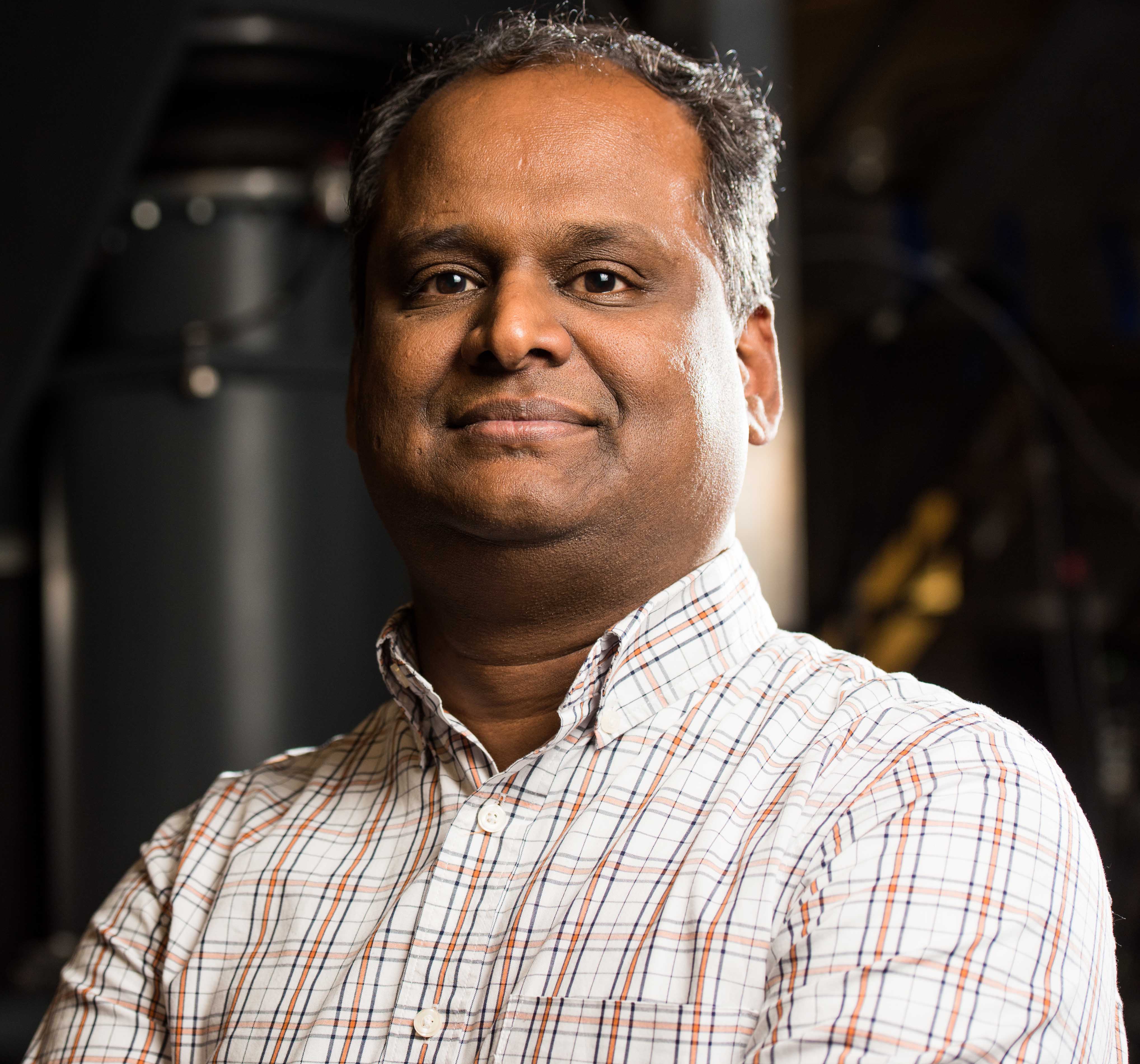
Vijay Murugesan
PNNL
Mapping the Vanadium Solvation Spectrum in Redox Flow Battery Electrolytes using Multinuclear NMR
Vijay Murugesan is a staff scientist and group leader for the Materials Sciences group in PNNL. His research focuses on charge/mass transfer across heterogeneous interfaces and materials. He frequently partners with the DOE Office of Science, Basic Energy Sciences program, as well as the DOE Office of Electricity to explore chemical stability and resiliency of energy storage materials. Currently, he is serving as focus area lead for the Joint Center for Energy Storage Research, DOE‘s energy storage hub where he leads a multidisciplinary team of scientists across national labs and academic institutions. Murugesan has published more than hundred peer-reviewed articles in the field of energy storage.
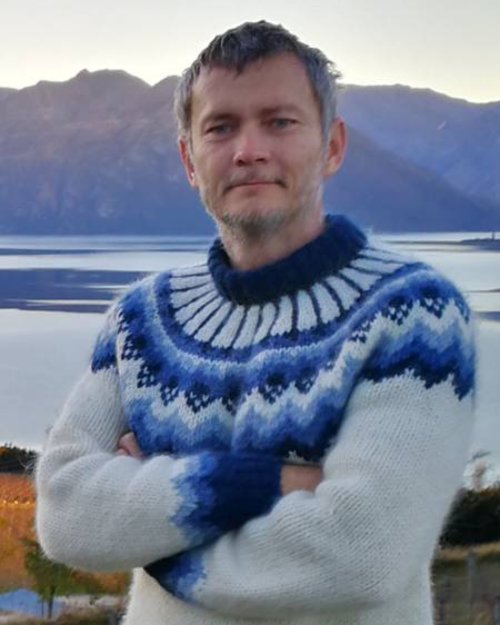
Etelvino Novotny
Embrapa (Brazillian Agricultural Research Co)
New Applications of Low Field Nuclear Magnetic Resonance in Soil Science
He holds a bachelor’s degree in agronomy from the Federal University of Paraná (1993), a master’s degree in agronomy from the Federal University of Paraná (1997), and a doctorate in chemistry from the University of São Paulo (USP) (2002). He conducted postdoctoral research at the Institute of Physics – São Carlos – University of São Paulo (USP), University of Limerick-Ireland (Chemical and Environmental Science) and Victoria University of Wellington (School of Chemical and Physical Sciences). He is a senior researcher at the Brazilian Agricultural Research Corporation (Embrapa Soils). He has experience in Soil Chemistry, Chemometrics, Physical Chemistry, focusing on Spectroscopy.
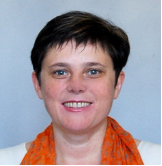
Tatyana Polenova
University of Delaware
NMR Nanoimaging Reveals Spatial Organization of Lipid Nanoparticle Drug Delivery System
Tatyana Polenova is Professor of Chemistry and Biochemistry at the University of Delaware. She received her undergraduate degree from Moscow State University in 1992. She received her Ph.D. degree and from Columbia University in 1997. After a postdoctoral position at Columbia, in 1999 she joined the faculty of CUNY-Hunter College, and in 2003 relocated to the University of Delaware. Her research focuses on solid-state NMR methods development and applications to biological systems and materials. Polenova is a Fellow of the International Society of Magnetic Resonance. She serves as the Editor in Chief of Journal of Magnetic Resonance.
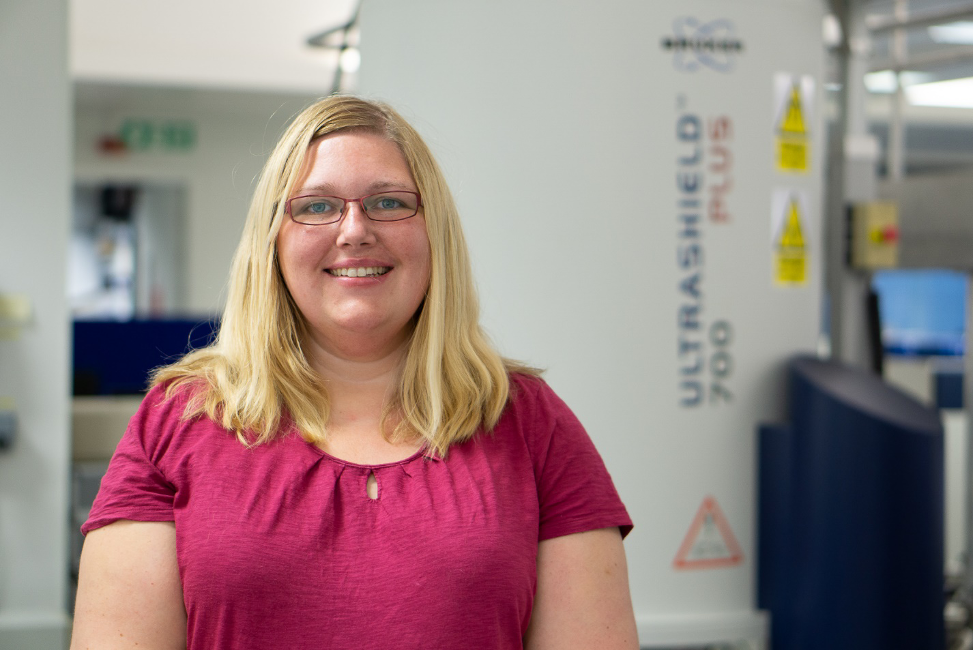
Fay Probert
The University of Oxford
NMR-Based Metabolomics to Probe Small Molecule Chemical Pathways in the Brain: Towards Novel Treatments for Neurodegenerative Diseases
Fay graduated from Warwick University with a BSc in Mathematics before moving to the Department of Chemistry where she completed an MSc in Mathematical Biology and Biophysical Chemistry followed by a PhD. Throughout her career, Fay’s research has focused on using a multidisciplinary combination of analytical chemistry, mathematics, and biology to understand the chemistry of small molecules associated with disease. In 2015, Fay moved to the University of Oxford managing a small team of metabolomics researchers in the Anthony lab and, in 2021, Fay was awarded a Dorothy Hodgkin Career Development Fellowship in the Chemistry Department.

Hattie Ring
3M
Measurement of PVC Swelling for Coating Applications
Hattie Ring is an NMR spectroscopist in the Corporate Research Analytical Laboratory at 3M. She is trained in physics and chemistry having received her undergraduate degrees from Iowa State University and PhD in physical chemistry from University of California, Berkeley. She was a researcher in the Chemistry and Radiology departments at the University of Minnesota and a senior scientist in Interventional Cardiology at Boston Scientific. Her previous MR research projects have focused on low field NMR detection, signal enhancement with hyperpolarization, contrast agent characterization and quantitative imaging within biological systems. Currently, Hattie is interested in NMR methods for materials characterization

Lindsey Romick Rosendale
Cincinnati Children’s Hospital
Lindsey Romick-Rosendale obtained her B.S. in Chemistry with Honors at Marietta College. She went on to obtain her PhD in Chemistry with a concentration in Biochemistry at Miami University in Oxford, Ohio. Upon completion of her PhD work, she accepted a Postdoctoral Fellowship at Cincinnati Children’s Hospital Medical Center in the Division of Cancer Biology in the Cancer and Blood Diseases Institute. Lindsey was promoted to Assistant Professor of Pathology and Laboratory Medicine at Cincinnati Children’s Hospital. She developed and built a new core facility within the hospital, and was named the Director of the NMR-Based Metabolomics Core. Lindsey works with basic scientists and clinicians to better understand how the metabolism of cells, both human and bacterial in origin, impact the onset and progression of diseases and disorders such as, bone marrow failure, head and neck cancer, autism, RSV, infections of the intestines and rare genetic disorders, just to name a few.
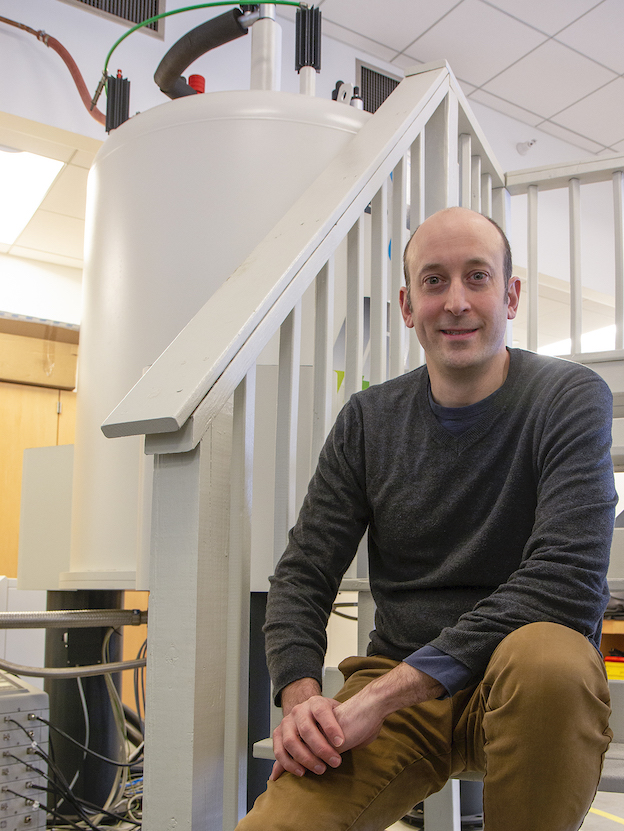
Aaron J. Rossini
Iowa State University
Aaron Rossini started his independent career as an Assistant Professor in the Department of Chemistry at Iowa State University in August 2015. He is also affiliated to the US Department of Energy Ames Laboratory as a faculty scientist. He was promoted to Associate Professor with tenure in August 2021. His primary research interests are in the development of solid-state NMR methods and their application for the structural characterization of catalysts, inorganic materials and pharmaceuticals.
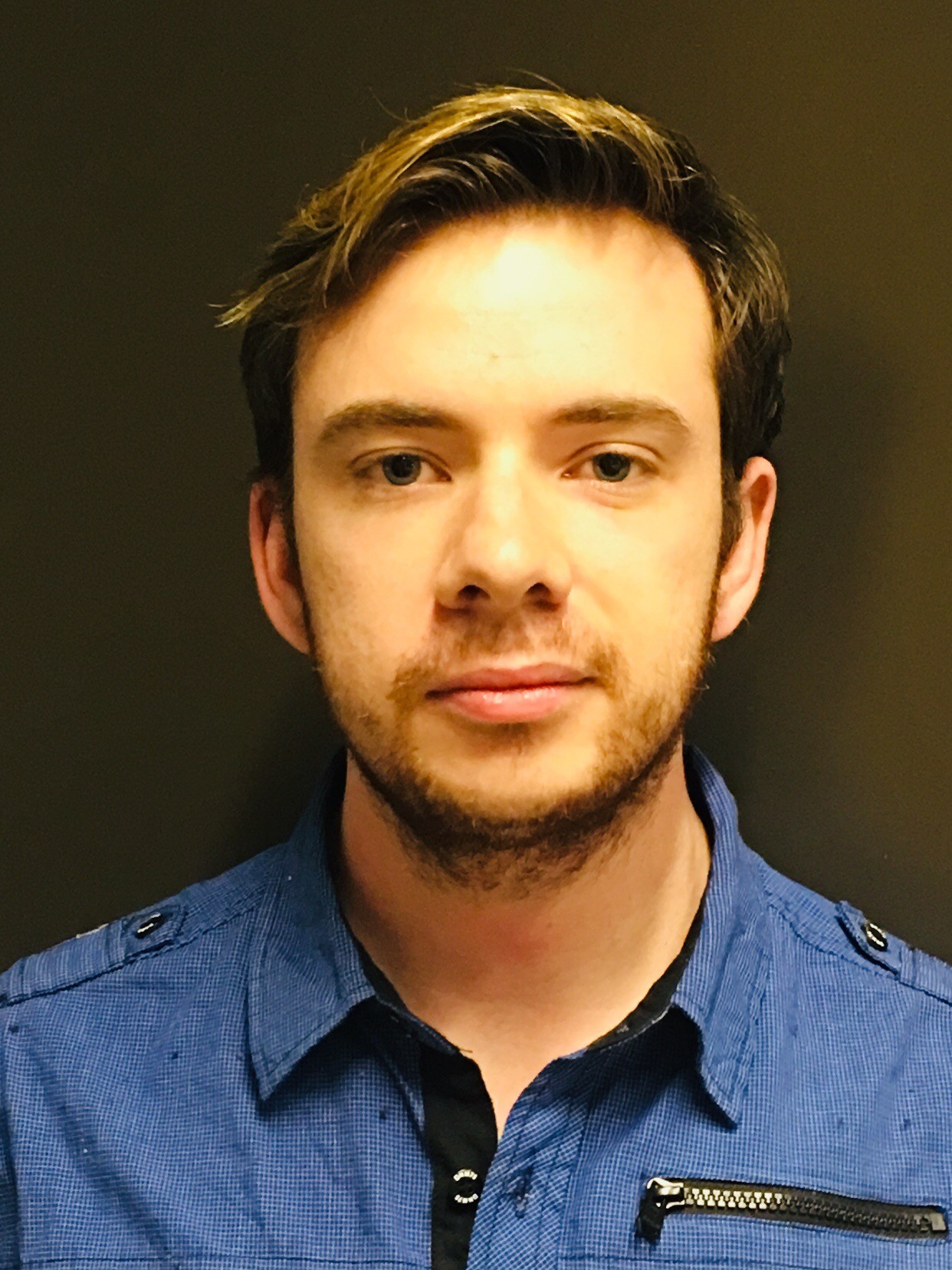
Adam Sutton
Merck
Quantification of Vaccine Components by Benchtop NMR
Adam T. Sutton has been a senior scientist at Merck working in vaccine development at the Pennsylvania site since the start of 2021. Prior to working at Merck, he completed a PhD in analytical chemistry at the University of South Australia in 2020 and a Masters of Chemistry at Western Sydney University in 2015. Adam’s NMR experience was in the characterization of branched homo and copolymers with qNMR and diffusion NMR. At Merck, Adam works with several instrumentation including benchtop NMR for qNMR applications.
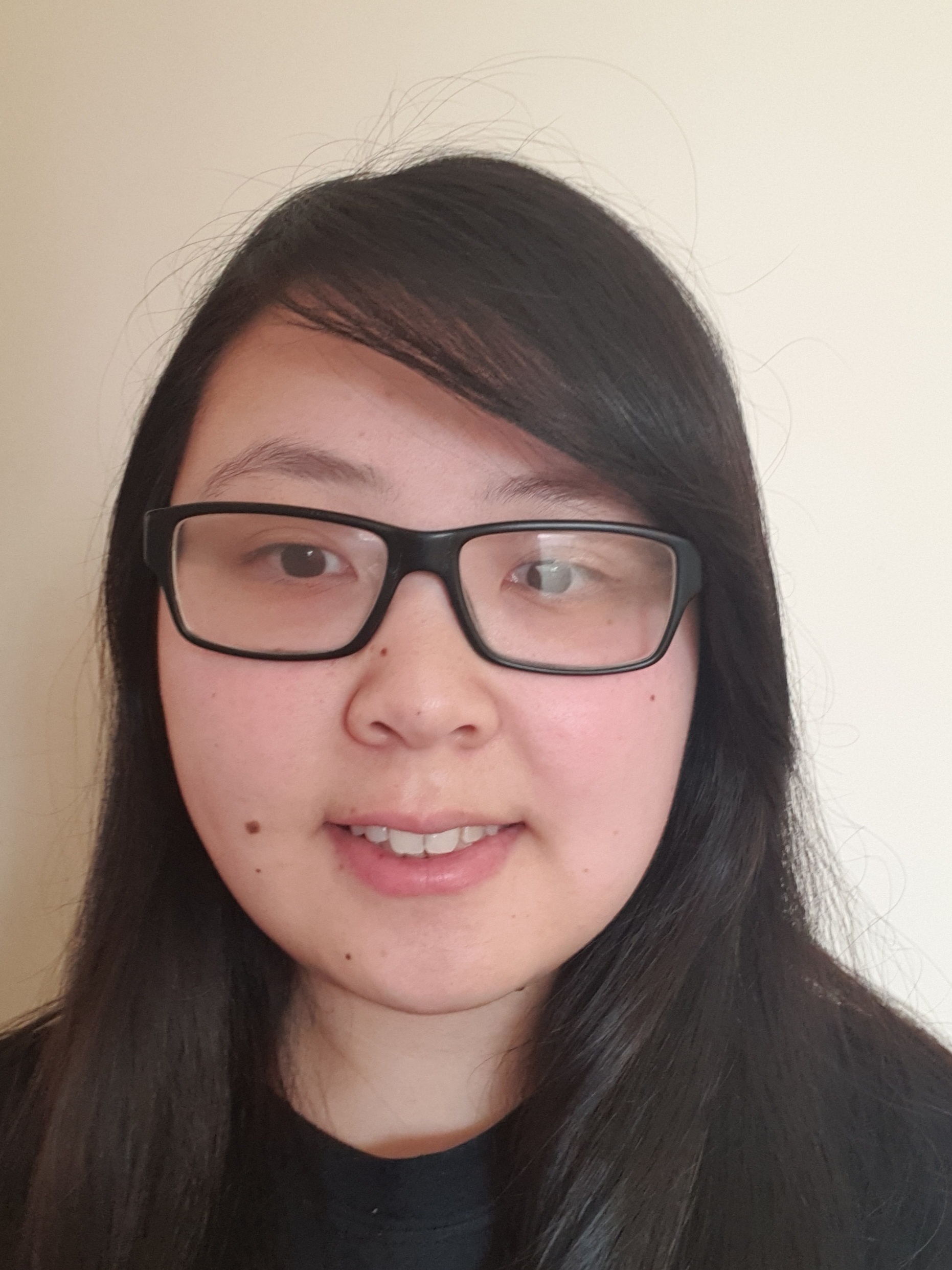
Bridget Tang
Aston University
Quantitative Low-field 19F NMR Analysis of Carbonyl Groups in Bio-oils
Bridget completed her degree in BSc Applied Chemistry at Aston University, UK in 2018. After her degree she joined the University of Birmingham, UK as the NMR technical officer. In 2020, Bridget returned to Aston University to study her PhD in “Developing NMR Tools to Characterise Pyrolysis-oils Produced from Brewers’ Spent Grains”.

Alessia Trimigno
Olaris Inc.
New Tools For NMR-Metabolite Biomarker Discovery: Navigators, NUS and Signal Enhancement
Alessia Trimigno, Ph.D., is a metabolite scientist who has been working in metabolomics for over 10 years. With a dual Ph.D. from the University of Bologna and University of Copenhagen and a background in Food Science and Technology and Chemometrics, the focus of her research is on the analysis of human biofluids (mainly blood and urine), using nuclear magnetic resonance spectroscopy (NMR) to identify metabolite patterns and metabolite biomarkers related to factors such as diet or diseases. Alessia currently works at Olaris, Inc., where she is helping to redefine diagnostics by identifying metabolic biomarkers of disease development or treatment response.

Chunting Zhang
Bristol Myers Squibb
Chunting Zhang is a postdoctoral researcher who got her PhD degree in Department of Chemistry and Biochemistry in Dr. Tatyana Polenova’s group from University of Delaware, specialized in physical chemistry and structural biology. Her PhD research focuses on the structural and dynamics studies of large and complicate biological molecules and complexes by solid-state NMR spectroscopy as well as solid-state NMR method development to solve sensitivity issues. She is currently in a collaboration project of University of Delaware with Bristol-Myers Squibb working with Dr. Anuji Abraham on small molecule and biomolecule characterization by solid-state and solution NMR.

